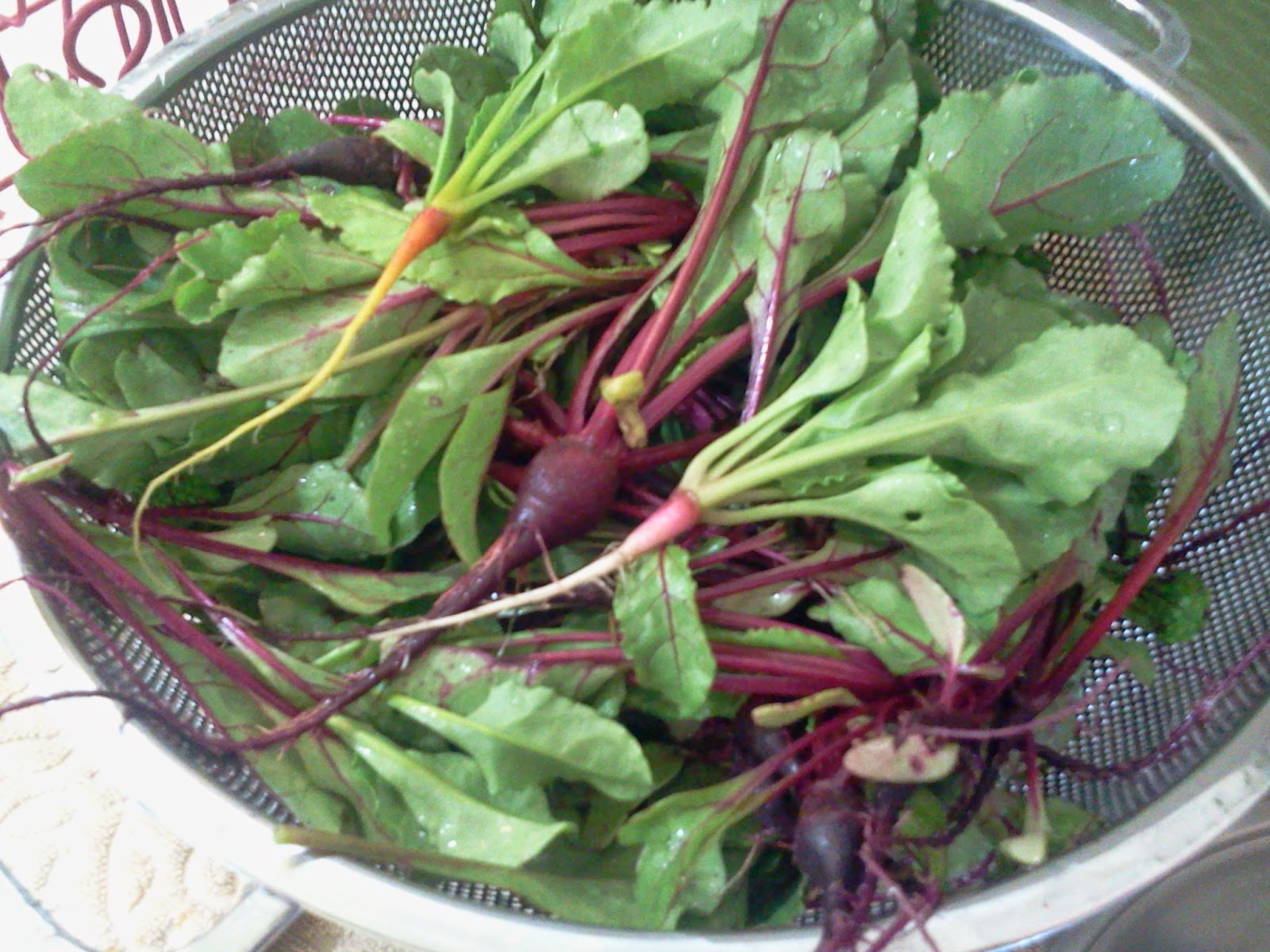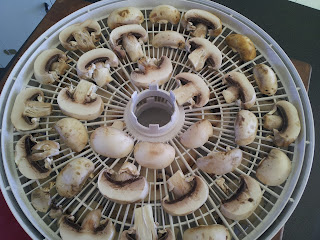So fall is here. In another month we will have hit our one year mark in our Montana adventure. And looking back I see that the last time I posted was in April, just after the kids' birthdays. Obviously I've been falling down on the blogging job. Why that is so will hopefully become clear when I tell you about our summer. After April (the month of birthdays) passed, I started booking some catering jobs here in town. Mostly for some women I met through playgroup. One woman's husband runs the electric company here in town and he ended up using me for several company events. It was fun, if a bit hard juggling preparing for the events with kids running around underfoot begging for attention. I've had several events over the summer, though not enough to constitute a full time job. I have taken some steps towards building a catering business here though, including getting a City of Cut Bank business license. In the new year I want to join the City Chamber of Commerce, in hopes of furthering said business.
In June, Tim and I had the stressful realization that if we didn't find a way to increase our income RIGHT NOW, horrible, horrible things would happen. Luckily, a friend of ours is the dietary manager at the local nursing home, and she needed a new cook RIGHT NOW, or horrible, horrible things would happen. So I went back to work. What started out as a temporary job quickly became full time. So most of our summer has subsequently been taken up with our family learning how to balance everything with two working parents instead of one. When and how cleaning gets done, transportation, child care, animal care, everything has had to be renegotiated and reorganized. At first I was working all dinner shifts, which meant Tim and the kids were eating dinner without me five nights a week. But after several staff turnovers, I have managed to rework my schedule so I'm only on dinner shift two nights a week, which makes it a lot easier on all of us.We struggled as well with finding a babysitter, in fact we went through three in the first two months I worked, but that has finally worked out as well. Even though the kids still aren't totally happy with me for going back to work, we have finally started to find our equilibrium and they no longer throw huge tantrums at me the second I get home from work, and instead are like "hey Mom's home!" then go back to playing.
For the most part I really enjoy my new job. It's nice to be in control of a kitchen again, and the residents of the nursing home are all pretty nice, and so are my coworkers. The hours aren't too bad, though getting the kids to the babysitter's at 5:50 am so I can be to work at 6 am has definitely been a struggle. But it means I pick them up at 2 pm and have the rest of the day and evening with them, and we all get to eat dinner and go through the nighttime routine as family, so it is worth the early mornings. Plus getting up so early means they finally go to bed before 10 pm, which has been a huge help for my sanity.
The other bump for my sanity has been that Harper finally sleeps through the night (most nights). Tim and I (mostly Tim) put our feet down and did an intensive week of sleep training with Harper. She was still waking up to nurse once or twice a night, which had to stop. Tim slept in Connor's bed for a whole week (Connor shared with me), so Tim would hear her when she woke up. He would put her back to sleep, and after a week of not getting to nurse in the middle of the night, she finally gave up. It only took me another full week to learn to sleep through the night myself.
Other things that we have done this summer include two trips up to Glacier National Park (only 45 minutes away!),
 |
| Tim teaching Connor to fish at Two Medicine Lake. |
visits from Grandma Rhonda, Auntie Jana, Uncle Jack and Aunt Becky, and Auntie Maya.
 |
| Maya at Two Medicine Lake. |
I had lots of panic attacks about rattle snakes, though we only ever saw any while we were driving and they were crossing the road. Thankfully we never found any on the property. Our chickens and guineas got huge, and the chickens finally started laying halfway through August. We have 13 hens and are now averaging 10 eggs a day. The turkey and excess roosters we had have been harvested and are now in our freezer. Our turkey ended up around 18 pounds cleaned weight. Not too bad, we are looking forward to cooking him this Thanksgiving.
 |
| Connor and Harper playing on a hay pile. |
 |
| Harper and Tim on a tractor. |
We had some sad times this summer. Our beloved dog, Winter, passed away.
 |
| Toby and Winter |
That was a hard first week. Toby, our other dog, has had a difficult time adjusting to being a single dog. He is much quieter and clingier than he used to be. He now has a little more company though, since we adopted two kittens.
 |
| Bo and Bella |
Bo and Bella are adorable, and totally love Toby. He is still unsure about them however. He tends to growl whenever one of them comes near him. Which is pretty funny, considering the size difference.
Kittens, by the way, do not respect your blogging time. However they are much easier to type around than kids are. Bo is currently chewing on the cord, while Bella is watching me type this with great interest.
This September we hit a huge milestone, Connor had his first day of school!
 |
| Connor's first day of school. |
It's only preschool, but still. He goes twice a week and he LOVES IT! He still goes to speech therapy every week, as well as seeing a speech therapist at school. His language skills are growing by leaps and bounds, he has so many words now, and while a lot of them are just the first syllable of the word, he strings two and three words together without prompting, and tries to have actual conversations with us. I am so proud of him!
Fall comes on fast here in Montana. We are at a pretty high elevation (4,000 ft) and have already had a killing frost (19 degrees F) two nights ago. We had almost a week of 35 degree days, then today it warmed up to 60 and I thought summer had come back. The leaves are falling from the trees almost before I noticed they had changed color. The sunset today was all shades of pink and orange, decorated with wispy white clouds. The Montana slogan, "Big Sky Country" is no misnomer. The sky here truly is huge, it seems to stretch forever and the clouds create some amazing shapes across all that blue.
After almost a year here I can honestly say it is incredibly beautiful. We have had some fun adventures and met some very nice people. However, I don't know if I can call it home yet. We do enjoy it here, but after almost a year, homesickness is setting in hard. We just bought plane tickets to go back to Washington for Christmas, and we are so excited about it.
Well, it's 10:30 pm and I am turning into a pumpkin. Sorry if this rambled a bit, but hopefully it gives you little insight into our busy summer. We love you all and look forward to seeing you for the Holidays.
Love from Montana,
the Gundersons.
 |
| Hiking at Two Medicine. |

















































